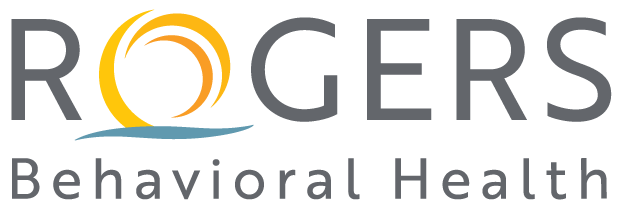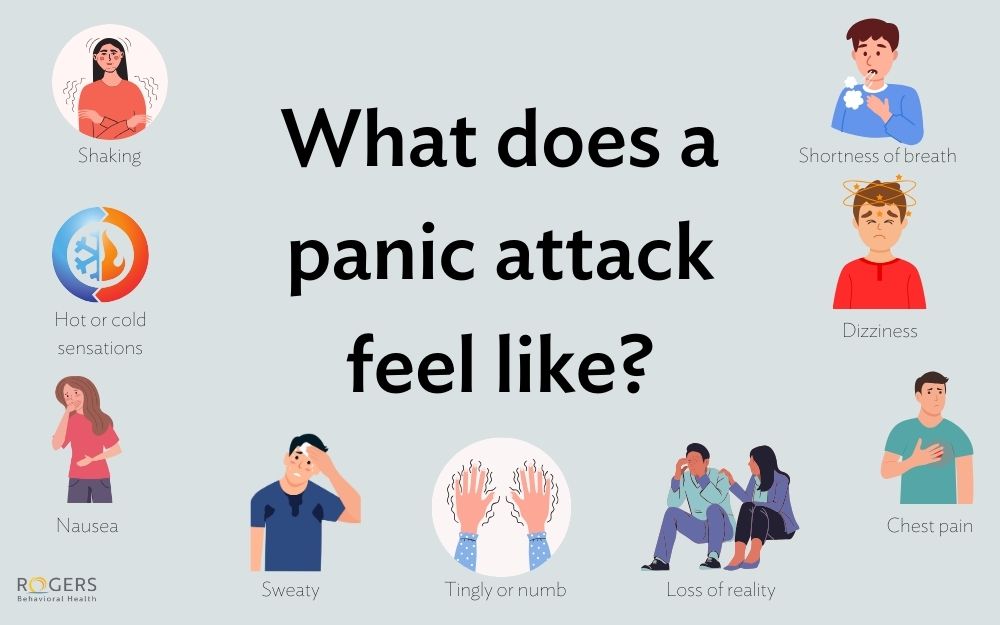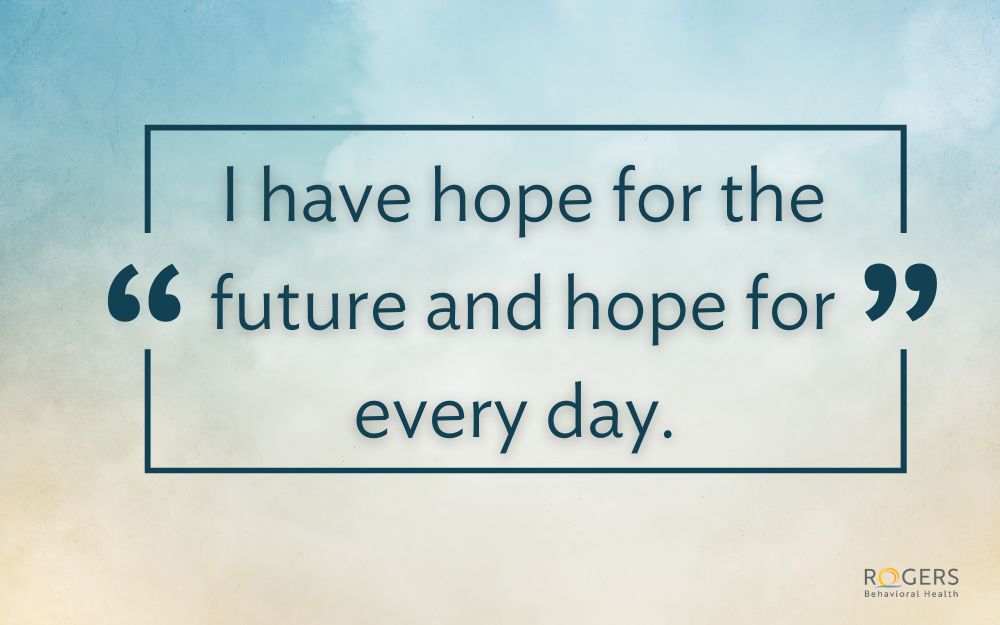How to talk to children about racism
Posted on 06/11/20 02:43:pm
Share this article:
The tragic killing of George Floyd and the ensuing events have taken a heavy toll on our nation, bringing to the surface yet again deep wounds of racism and questions of how we can bring about lasting change. Experts agree a good place to start is in the home with parents talking with their children about racism and social justice—and it’s never too soon.
According to the American Academy of Pediatrics, children learn about racial differences and racial bias at an early age.
- As early as 6 months, a baby’s brain can notice race-based differences.
- By ages 2 to 4, children can internalize racial bias.
- By age 12, many children become set in their beliefs.
“As parents we’re often afraid to have these kinds of conversations with our kids, and we tend to ignore or minimize the importance,” says Gabrielle Jones, PhD, clinical supervisor at Rogers’ San Francisco East Bay clinic. “But the reality is by ignoring and avoiding the conversation, we are not teaching our children how to handle racism and social injustices.”
Dr. Jones says recent events give parents the perfect opportunity to have honest dialogue.
She elaborates on a three-step process developed by Dr. Howard Stevenson for conversations with children about racial incidents.
Affection. “Let your children know you love and care for them. Give them space to talk openly about what is happening and allow them to ask questions. It may be helpful to show children an emotion wheel just like we do at Rogers in cognitive behavioral therapy (CBT) and dialectical behavior therapy (DBT). That allows kids to identify what they’re feeling and know it’s okay to feel sad, angry, hurt, and confused. Parents also need to teach their kids how to appropriately communicate and express their feelings in healthy ways so they know how to manage them and what to do with difficult emotions.”
Correction. “Kids consume information so fast through technology so parents need to stay one step ahead of them to guard against misinformation. Parents need to appropriately share what is happening. Show peaceful protests so children see what it means to speak up against social injustice and racism, and that way you are correctly educating that they can be part of solutions and have a voice rather than not talking about why the protests are happening because of the violence. If during the conversation your child says something racist, inquire with curiosity by saying, ‘I’m wondering why you said that.’ After hearing more about what your child is thinking, you can offer correction by providing new information and affirm in your child’s mind that people of different color do not have different worth.”
Protection. “Adults are often uncomfortable talking about recent events, so we tend to shut down conversations in an effort to protect kids, but what we really need to do is protect their understanding of social justice and race relations. We can do that better if we address our own thoughts and emotions first by humbling ourselves, talking with adults of color, and asking difficult questions. You could also partner with other parents and families so you’re not having the talk by yourself and your children are part of a bigger conversation.”
Resources for parents
Dr. Jones suggests watching age-appropriate videos or television shows like “Sesame Street” or culturally specific shows on Netflix. She shares this website that helps parents find books on diversity.
How Rogers can help
Rogers offers evidence-based therapy nationwide for children and adolescents struggling with mental health concerns. Call 800-767-4411 or request a free, confidential screening online.



